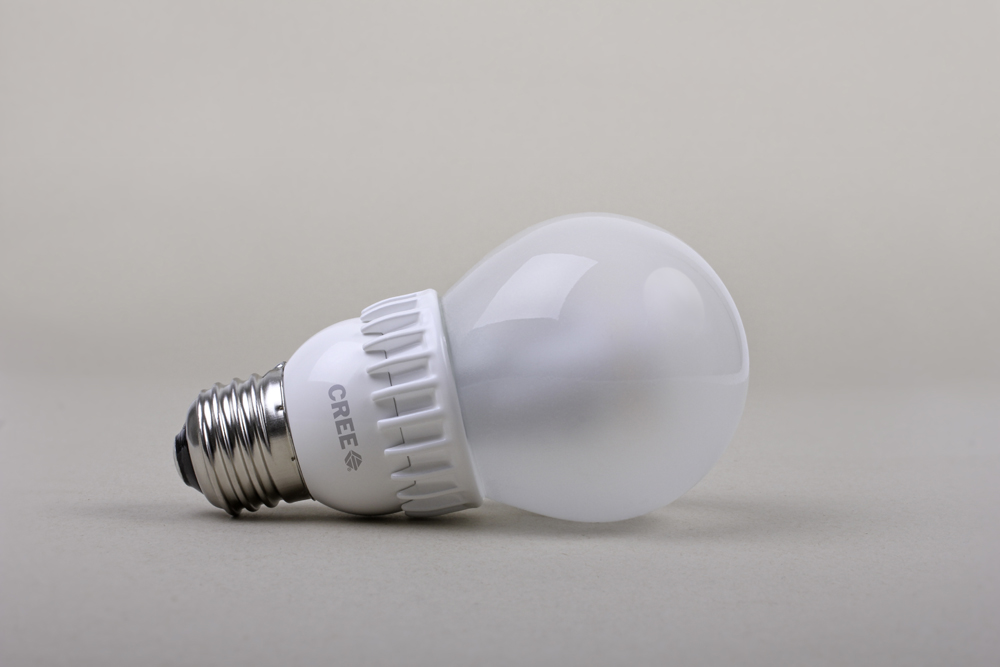Starting next year, the U.S. government phase out of incandescent bulbs goes into effect in hopes of encouraging consumers to switch to more energy efficient lighting. Although consumers recognize the benefit of LEDs, the high prices are still hard to swallow. That however is all about to change with companies such as Cree and Walmart launching LED bulbs at cost-friendly prices. With prices as low as US $ 10, LED manufacturers are feeling the heat in the increasingly fierce price competition.
Although, LEDs have become the go-to technology for smartphones, tablets, and TVs, they have yet to take hold in the residential lighting market. When LEDs first began to pop up in the market, they came with a hefty price tag of US $ 70. Far more expensive than their CFL and incandescent counterparts, consumers were not willing to shell out such a high price for one bulb. Over the years, prices have come down but with the average bulb still lingering around US $ 20, consumers are still not completely convinced about making the switch. “While today’s prices are a huge plunge from US $$70 for a bulb in 2009, it still seems exorbitant for people who use to pay 50 cents for an incandescent,” the Minneapolis Star-Tribune pointed out. In order to make consumers warm up to the idea of switching out their energy-hogging, yet inexpensive incandescence and CFL bulbs, LED bulb prices will need to drop to a consumer-friendly level.
Cree was the first to throw their hat into the ring, introducing LED bulbs priced as low as US $ 9.97. Lowered prices were seen as a breakthrough in the industry. Cree offered a 40W equiv. bulb at US $ 9.97 and 60W equiv. at US $ 12.97. Low prices gave consumers more of an incentive to upgrade to LEDs. Known for low prices, mega-store Walmart launched their Great Value brand of LEDs in October beating out Cree for lowest priced LEDs. Walmart 60W equiv. is offered for US $ 8.88.
 |
Cree 40W equiv light bulbs first to break US $10 price line. (photo courtesy: CREE)
|
What does Walmart’s presence in the LED lighting market mean for manufacturers?
At such remarkably low prices, manufacturers are hard pressed to produce a decent quality product, while still maintaining a low price. The sophisticated technology that goes into LEDs is costly for manufactures which puts a constraint on price as the cost is then transferred into the price consumers pay for the end product. In order to be competitive in the LED lighting market, manufacturers must find ways to cut production costs. Some methods that manufacturers have employed include increasing the size of wafers used in LEDs to lower the cost per unit, as well as moving from sapphire to silicon wafers.
Walmart and Cree have been successful in making LEDs more accessible and affordable for consumers, as well as stimulating demand in the LED lighting market; however, most manufacturers are not yet able to match the low prices offered by Walmart and Cree. As price competition in the market intensifies, manufacturers will need to find new ways to cut production cost in order to lower retail prices.
Read More:
Cree Reduced the Price of 40W Bulbs to $10
GE and Walmart Team Up to Make Energy Efficiency More Accessible
Walmart Shows Aggressive Streak by Launching Under US$ 9 LED Bulbs
Author: Leah Allen, Translator and Editor, LEDinside












